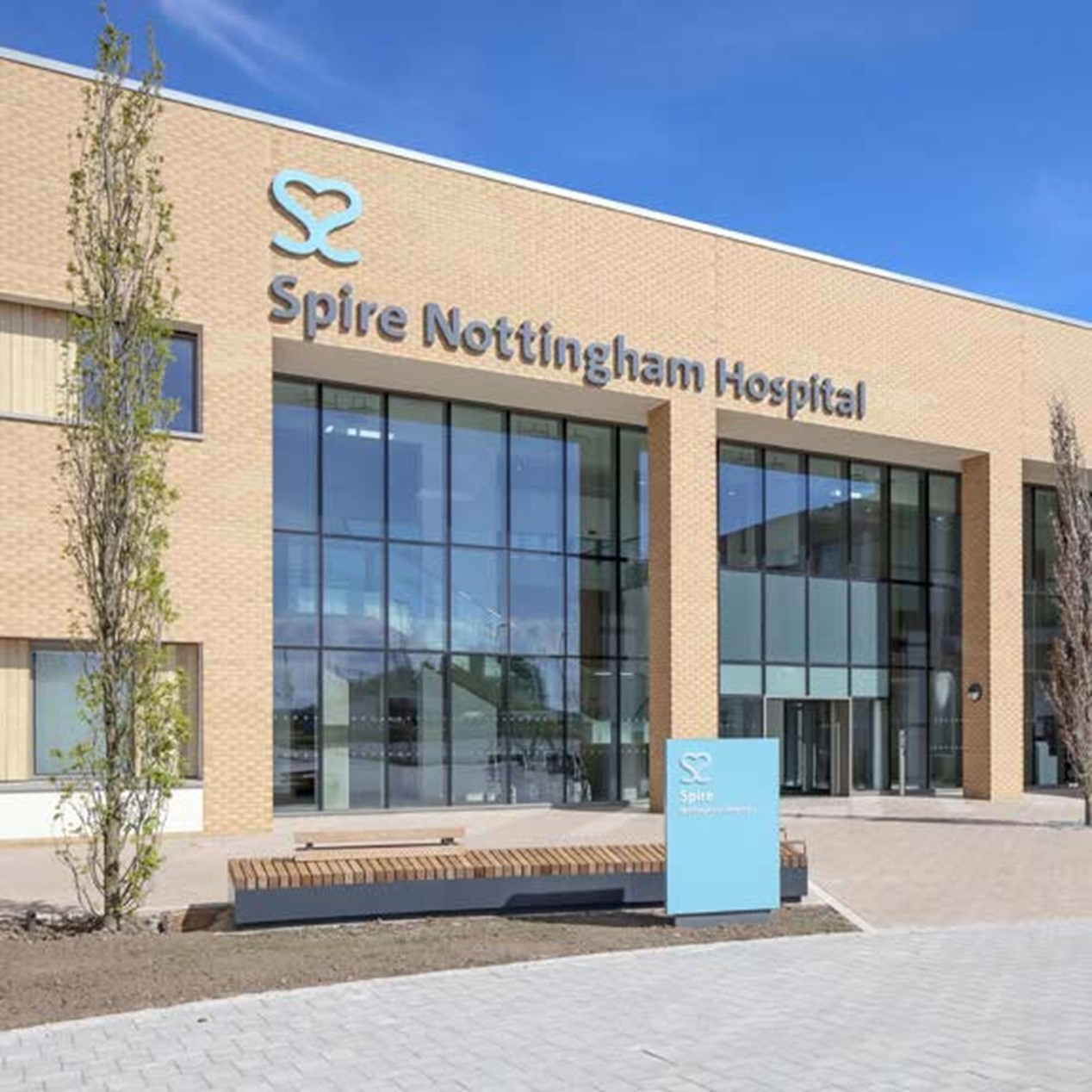Uterine fibroid embolisation (UFE) is a non-surgical procedure for women who are affected by fibroids, which are non-cancerous but often painful growths on the uterus.
During the treatment, which requires one to two nights in hospital, small particles are injected to cut off the blood supply to the fibroids – causing them to shrink over several months.
As they shrink, symptoms such as swelling in the abdomen, constipation and heavy or prolonged bleeding, should fade.
Why you might need it
According to the NHS, around 40% of women develop fibroids at some stage of their life but many have no symptoms.
However, you may have symptoms that affect your quality of life and prevent you living life to the full. These can include:
- swelling or discomfort in the abdomen
- heavy or prolonged bleeding
- pain during sex
- constipation
- heavy periods
- urinating unusually often.
Fibroids often shrink after the menopause and the symptoms reduce.
Some younger women choose to have UFE treatment, with the aim of cutting off the blood supply to the fibroid which causes them to shrink and disappear over time. This is much less invasive than the alternative of hysterectomy. However UFE may not an option for you if you may still want to have children in the future.
You may be sedated during the procedure, which means you’ll be awake during the procedure. but the sedation should ensure you are quite calm.
During the procedure, a consultant radiologist will guide a catheter inserted in your thigh to the arteries supplying the fibroid. Once it is in place, the radiologist will inject the solution containing the particles that block the blood supply to the fibroid.
As the fibroid shrinks away, your symptoms should decline.
Find a Spire hospital offering this treatment

Who will do it?
Our patients are at the heart of what we do and we want you to be in control of your care. To us, that means you can choose the consultant you want to see, and when you want. They'll be with you every step of the way.
All of our consultants are of the highest calibre and benefit from working in our modern, well-equipped hospitals.
Our consultants have high standards to meet, often holding specialist NHS posts and delivering expertise in complex sub-specialty surgeries. Many of our consultants have international reputations for their research in their specialised field.
Before your treatment
You will have a formal consultation with a healthcare professional. During this time you will be able to explain your medical history, symptoms and raise any concerns that you might have.
We will also discuss with you whether any further diagnostic tests, such as scans or blood tests, are needed. Any additional costs will be discussed before further tests are carried out.
Preparing for your treatment
We've tried to make your experience with us as easy and relaxed as possible.
For more information on visiting hours, our food, what to pack if you're staying with us, parking and all those other important practicalities, please visit our patient information pages.
Our dedicated team will also give you tailored advice to follow in the run up to your visit.
The procedure
You may be sedated during the procedure and this will help you feel calm and relaxed during the procedure. Under local anaesthetic, your consultant will make a small cut in your upper thigh through which they will insert a catheter.
They’ll inject a contrast dye through the catheter. This will improve X-ray images on a nearby screen that your radiologist will use to guide the catheter to the arteries supplying blood to the fibroids.
They will then inject particles in a solution that will block off the blood supply to the fibroid.
The cut in your thigh will be closed using stitches to end the procedure and your consultant will press firmly on the catheter entry point for several minutes, to prevent any bleeding.
Aftercare
After this, you will be taken to your room or comfortable area where you can rest and recuperate until we feel you’re ready to go home.
You’ll usually need to stay one or two nights in hospital.
Pain relief
Most patients feel some pain or discomfort following this procedure, which is generally worse in the first twelve hours, continue to take painkillers as directed by the hospital if you need them.
We will provide you with a supply of all the medicines your consultant feels you need to take home with you after you've left hospital, up to 14 days. This may be at an additional cost to some patients.
Recovery time
When you return home you should ease back into your normal routine – although this may take between two to three weeks.
How your loved ones can help
You should ask a friend or relative to pick you up from hospital and get you settled in at home. If you live alone, it’s a good idea to ask someone to help out with household chores as you recover your strength.
End result
It may take a few months to feel the full benefit of this procedure with studies indicating that nine out of ten women experience symptom relief after uterine fibroid embolisation.
We will talk to you about the possible risks and complications of having this procedure and how they apply to you.
If you have any questions or concerns, we’re ready to help.
Why choose Spire?
We are committed to delivering excellent individual care and customer service across our network of hospitals, clinics and specialist care centres around the UK. Our dedicated and highly trained team aim to achieve consistently excellent results. For us it's more than just treating patients, it's about looking after people.
Important to note
The treatment described on this page may be adapted to meet your individual needs, so it's important to follow your healthcare professional's advice and raise any questions that you may have with them.

